In the ever-evolving world of 3D printing, the Original Prusa MINI stands out as a compact, cost-effective solution that does not compromise on quality. This review explores how it fits into the current market and whether its features justify its price.
The Original Prusa MINI breaks away from its predecessors with a sleek, tube-extrusion frame, offering a fresh look while maintaining the robustness Prusa is known for. Its one-arm construction is a bold step away from traditional designs. Despite its smaller size, the MINI does not lose out on user-friendliness. This Prusa MINI review highlights that you have two options: you can buy the printer as a kit or partially assembled. If you assemble it yourself, you have more room for error, but you also get to know the printer thoroughly. It is not difficult even for a complete beginner, as Prusa has documented the assembly process very well, providing detailed instructions.
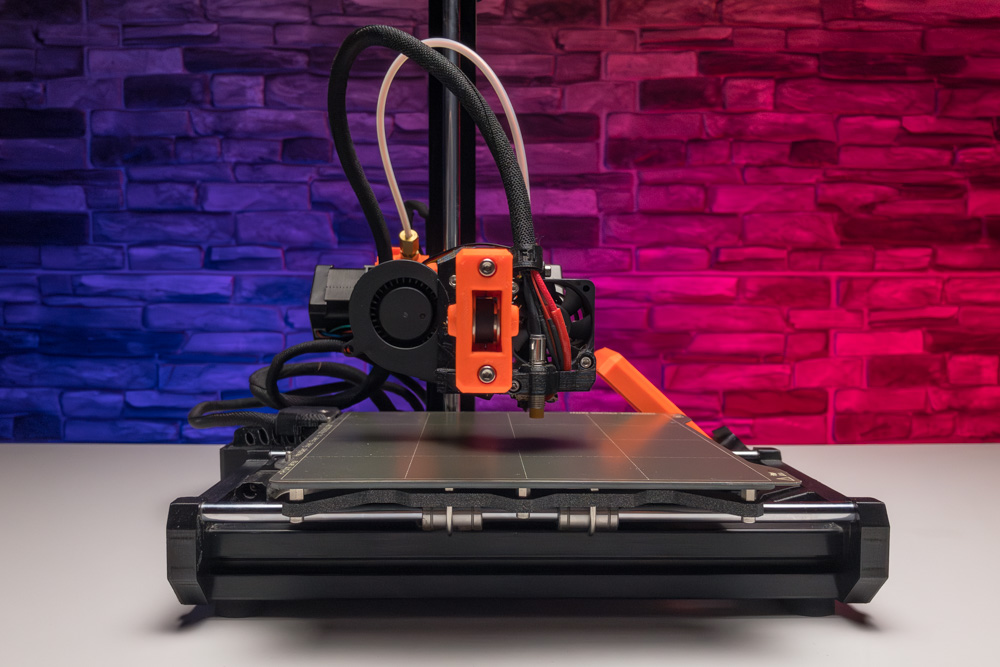
The 0.4 mm nozzle, designed for standard 1.75 mm filament, offers a wide layer height range and supports a variety of materials, proving its versatility in handling different printing tasks. The magnetic PEI print bed, with an optional textured plate, enhances model removal post-printing. As noted in this Prusa MINI review, the beds temperature range supports popular materials like PLA and PETG, broadening the printers utility. The built-in auto bed leveling simplifies the calibration process, contributing to the overall user-friendly experience of the MINI.
The Original Prusa MINI is equipped with a user-friendly control interface, embodied in its 2.8-inch color screen and classic control knob. This vibrant display is a central feature in streamlining the printers navigation, making the setup and operation processes straightforward and intuitive. This aspect is particularly beneficial for beginners, who may find 3D printing daunting. The screen guides users through each step with clarity, from initial setup to selecting print files and adjusting settings. Complementing this ease of use is the printers calibration process. The MINI includes an auto-leveling feature, which greatly simplifies one of the more complex aspects of 3D printing—ensuring the print bed is perfectly level. This Prusa MINI review emphasizes how this auto-leveling, coupled with a detailed guide provided by the manufacturer, ensures that the calibration process is not only straightforward but also accessible to users regardless of their experience level. Together, the control interface and calibration process enhance the overall user experience, making 3D printing more approachable and less time-consuming to set up.
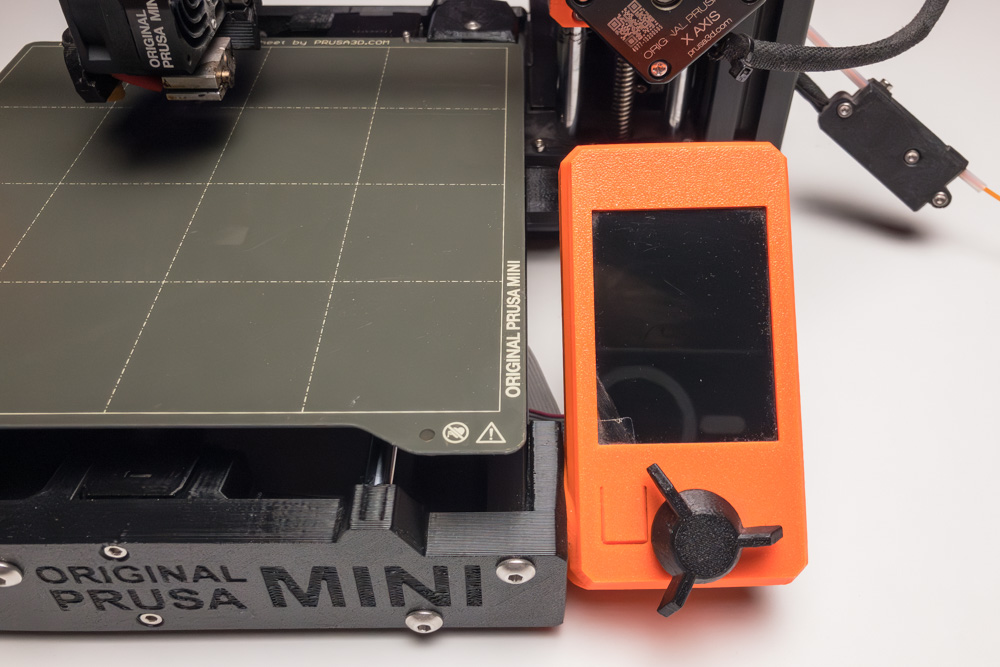
Prusaslicer is a classic, well-known open-source slicer, and this Prusa MINI review highlights its effectiveness. You practically will not find a better one on the market, but if someone prefers Cura, the manufacturer provides instructions for installing the profile into it. For connecting to your computer or network, the MINI originally had options like plugging in with a cable, using Ethernet, or using an old-school flash drive. However, this review notes that it is even better now because you can add a cheap Wi-Fi module to it. This is a great upgrade because Wi-Fi is easy to use and not expensive to add. With Wi-Fi, you can send your files to the printer from your computer without needing any cables, making everything more convenient and up-to-date.
The print quality of the Prusa MINI is exceptional, rivaling that of more expensive models, as highlighted in this Prusa MINI review. It shows impressive detail and accuracy across a range of materials. Consistency is a key strength of the MINI, with few instances of failed prints and stable performance over extended use. The filament sensor adds convenience, enhancing the reliability of the printing process.
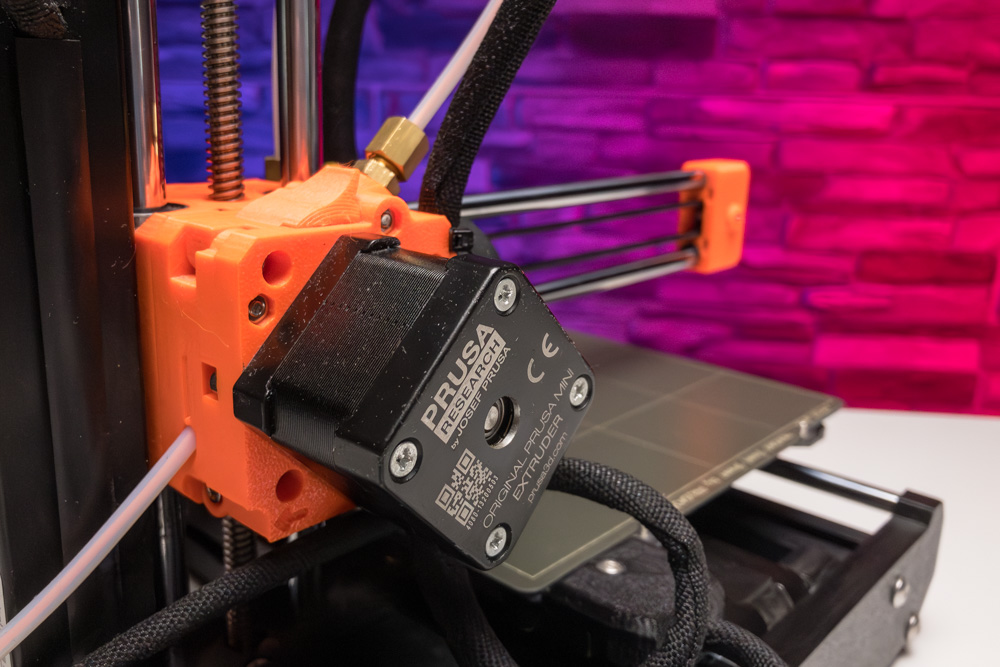
The Original Prusa MINI offers excellent value for money, balancing cost with high-end features uncommon in its price range. This Prusa MINI review emphasizes how the printer stands out for its print quality, robust design, and user-friendly features when compared to other printers in its class. Plus, it is open-source, which adds to its appeal.
Pros: Affordable, high-quality prints, robust build, user-friendly interface, versatile material support, perfect customer support and knowledge database.
Cons: Separate filament holder, some minor tweaks needed, calibration can be challenging for beginners.
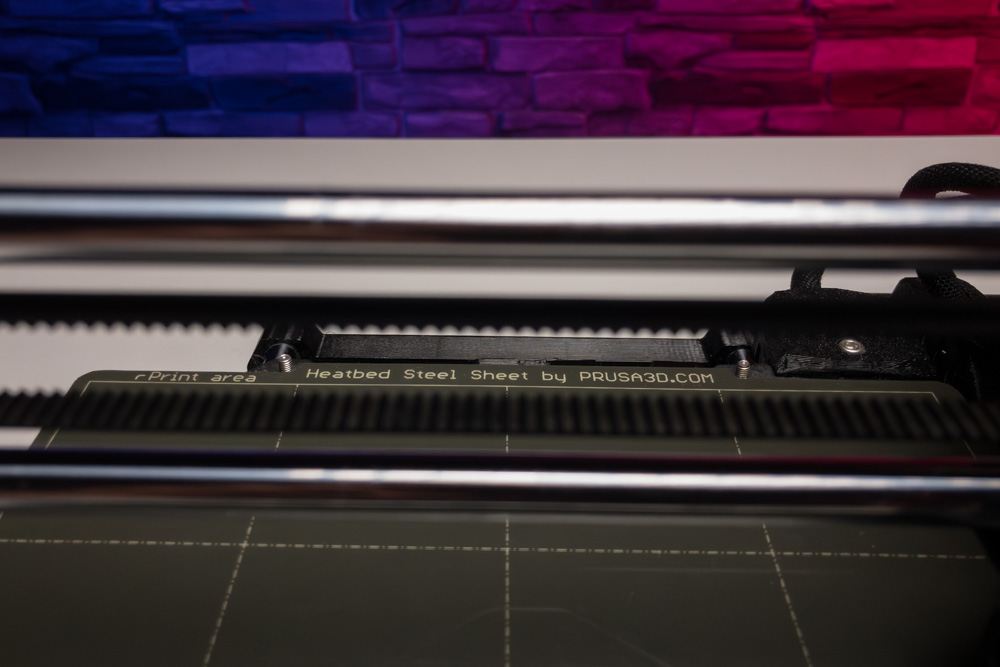
The Original Prusa MINI is a remarkable achievement in the world of 3D printing, combining affordability with high-end features. This Prusa MINI review concludes that it is an excellent choice for hobbyists, educators, and even professionals who need a reliable, high-quality printer without breaking the bank. Highly recommended for anyone entering the 3D printing space or looking for a compact, reliable printer that delivers quality prints.
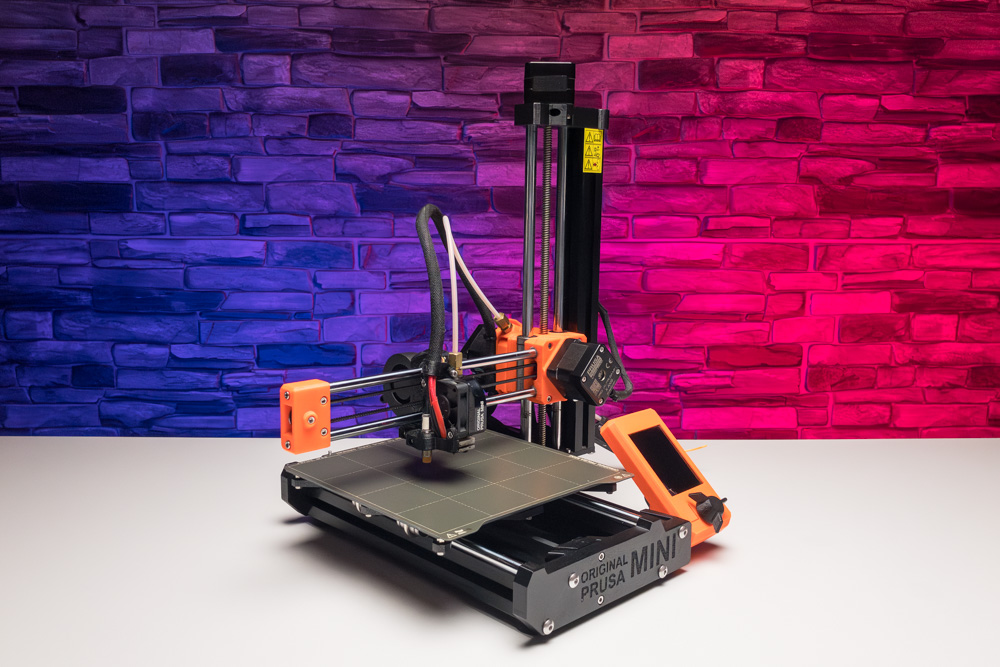
Maximum print dimensions 180 x 180 x 180 mm
Layer height 0.05 – 0.25 mm
0.4 mm nozzle as a base, a wide range of other supported nozzle diameters
Filament diameter 1.75 mm
Supported Materials A wide range of thermoplastics, including PLA, PETG, ASA, ABS, PC (Polycarbonate), CPE, PVA/BVOH, PVB, HIPS, PP (Polypropylene), Flex, nGen, Nylon, Woodfill and other materials.
Maximum nozzle temperature 280 C
Maximum mat temperature 100 C
Extruder Bowden system with 3:1 ratio
Printing surface Removable magnetic steel printing plates (*) with different surfaces, heated pad with cold corner compensation
LCD: 2.8 graphic display with 65 thousand colors with G-code preview
Connection: USB port, RJ-45, Wi-Fi module (optional accessory); fully compatible with the remote print management system, Prusa Connect
Printer size (without coil & external power supply) 4.5 kg 380x330x380 mm; (XxYxZ)
Package dimensions (Partially assembled) 11 kg (volumetric weight); 485x265x405 mm (X x Y x Z)
Package dimensions (kit) 6 kg (volumetric weight); 430x230x242 mm (XxYxZ)